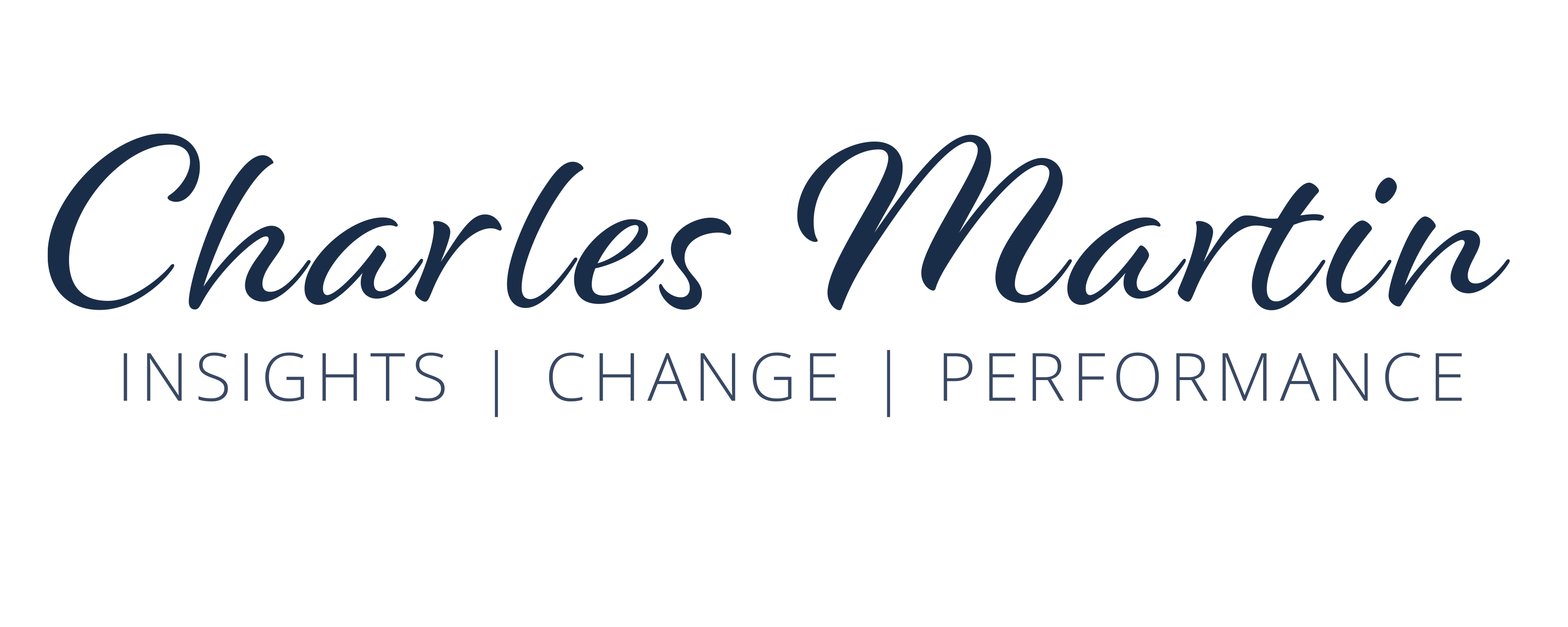Problem solving by re-framing
Framing is cognitive bias, which is built upon your beliefs, and determines how you ascribe meaning to the world around you and how you see yourself and others. They can be positive or negative, helpful or unhelpful, and can expand or limit choices and opportunities. The frames you use on a daily basis will provide context for your thoughts, decisions, and attitudes and will guide your actions.
You will use frames to handle feedback and criticism, solve problems, understand the long-term consequences of decisions, and prioritise actions. These frames of reference will be linked to your beliefs and values, which may be helpful in expanding the scope of possibilities or unhelpful in limiting the opportunities or perspectives.

Your framing may support your actions and goals but what if it is hindering your progress, how do you re-frame?
Re-framing is tool to change your limiting frames by interpreting your old unhelpful thought patterns with new perspectives of reality that are more helpful in supporting your desired objectives. This changing of the context enables you to adopt more useful ways of thinking and doing things. It is not about pretending or creating an unrealistic world but about providing you with more varied ways to view and interpret decisions and to provide more choices and options.
Identifying the problem and noting any limiting thoughts are the first steps. Then consider the assumptions you are making and challenge them – are the assumptions helpful or unhelpful? what is useful/unhelpful about how I am framing this issue? Am I being limited by rules that could be challenged?
 Once you have tested and challenged your assumptions, the final step is to re-frame things in ways that will help you overcome the problem successfully. Here are a few typical questions which may be applicable:
Once you have tested and challenged your assumptions, the final step is to re-frame things in ways that will help you overcome the problem successfully. Here are a few typical questions which may be applicable:
What would other people do in my situation to solve this problem? Like someone I admire?
What advice would I give to someone else facing this problem?
What would I do if I knew I couldn’t fail?
What would I do differently if I had a day/hour/minute to solve this issue?
The re-framing process should provide you with different perspectives and new ways of viewing the issue to develop more potential options to make more considered and effective decisions. It should also provide some insights and deeper understanding of how you frame what you experience and how this relates to your beliefs and values.
